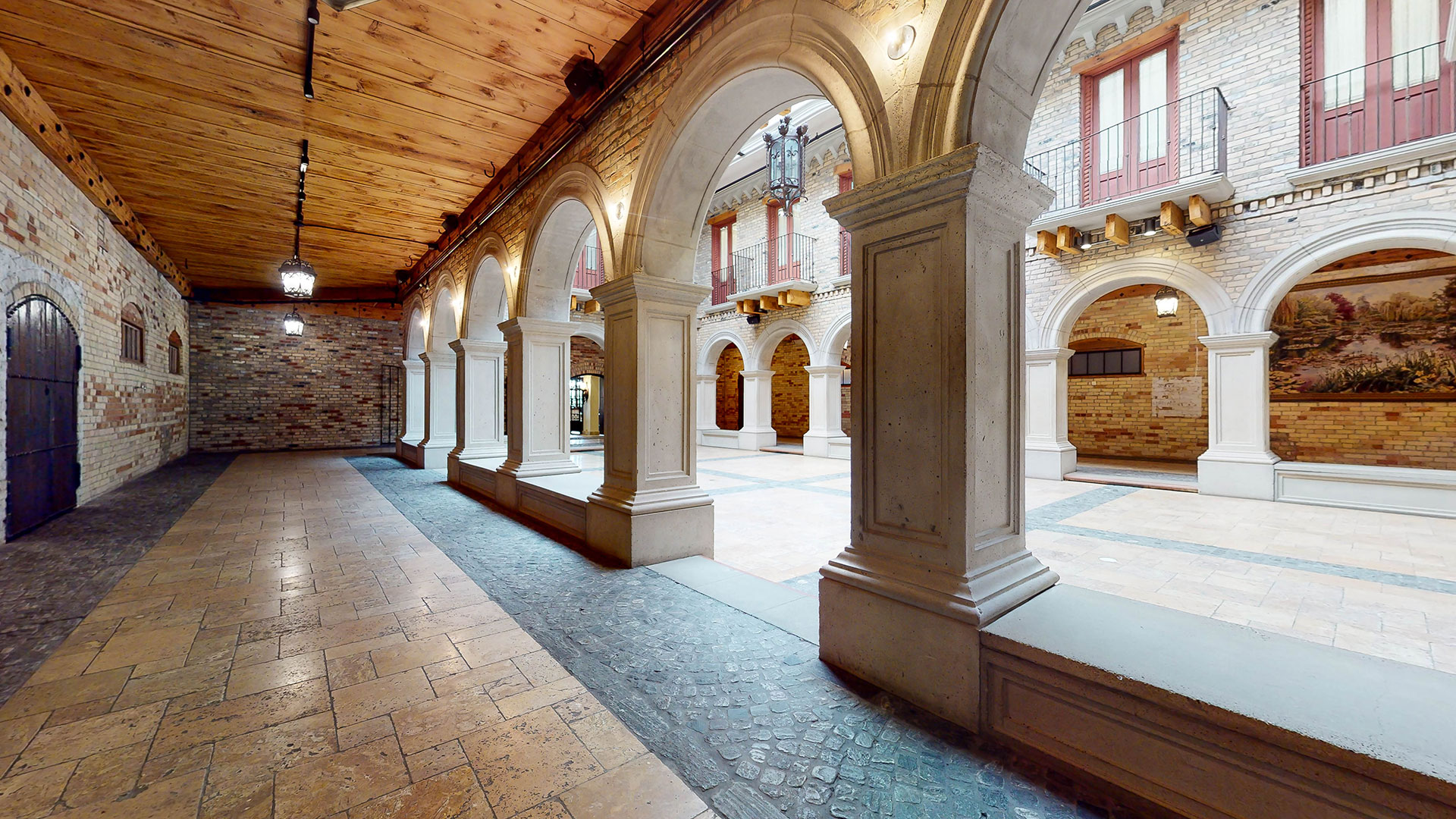Mehndi, also known as henna, is a form of body art steeped in tradition and cultural significance. For centuries, mehndi has been an integral part of celebrations and rituals, particularly in Southeast Asia and the Middle East. While mehndi designs have gained immense popularity worldwide, many still remain unfamiliar with its traditions and the significance of a mehndi ceremony. In this blog post, we’ll delve into the rich cultural history of mehndi and the traditions of a mehndi ceremony. Why is this blog worthy… Because we feel it’s important to learn and try our best to understand our clients and their cultural differences. So much to learn from a variety of cultures, this is just the exciting beginning.
The Origins of Mehndi
Mehndi originated in ancient India and Egypt, where people used crushed henna leaves to dye their hair, skin and nails. It eventually evolved into a form of decorative body art, which was mainly applied to the hands and feet. In the Islamic tradition, mehndi is an important aspect of the Eid celebrations and is also used for other special occasions such as weddings.
The Symbolic Significance of Mehndi Designs
Mehndi patterns often symbolize certain cultural and spiritual beliefs, which have been passed down from generation to generation. For instance, the Arabic mehndi designs often have geometric motifs, including flowers, leaves, and vines. These designs symbolize fertility, growth, and the cycle of life. Meanwhile, Indian mehndi designs frequently incorporate peacock motifs as they are considered to be a symbol of royalty, grace and beauty.
The Mehndi Ceremony
In Indian culture, the mehndi ceremony often takes place a couple of days before the wedding. Hacienda Sereda has become a popular venue to host mehndi ceremonies as it gives that “back home” feel for our South Asian and Middle Eastern guests. Our stunning venue is often said to resemble a beautiful Haveli. (You should Google that!) Mehndi ceremonies are an intimate gathering of close family and friends where henna is applied to the bride’s hands and feet. In some traditions, the groom’s name is hidden in the mehndi design, and he must search for it later. In some cultures, mehndi is also applied to the groom’s hands.
The Significance of Mehndi to the Bride
For Indian brides, mehndi is considered to be a symbol of good fortune, love and happiness. It’s believed that the deeper the color of the mehndi, the stronger her relationship with her future husband will be. The bride is also not allowed to do any housework until the mehndi has faded or worn off, which is seen as a way of pampering her before she enters married life.
Mehndi Today
Over time, mehndi designs and traditions have evolved while retaining their significance. Celebrities and fashion trends have played a key role in popularizing mehndi, especially in the West. Today, mehndi designs can be found on anything from clothing and jewelry to tattoos. It has also become a popular addition to music festivals and other events, with mehndi artists showcasing their unique work.
In conclusion, mehndi is more than just a temporary body art form. The designs and traditions surrounding it are steeped in centuries of cultural significance and spiritual beliefs. From its origins in ancient India to its present-day popularity, it remains an integral part of celebrations and rituals across Southeast Asia and the Middle East. Understanding mehndi’s traditions and symbolism can provide a deep appreciation for this beautiful and cherished art form.

